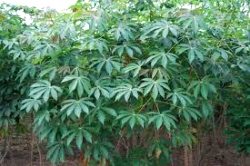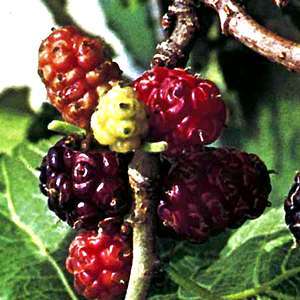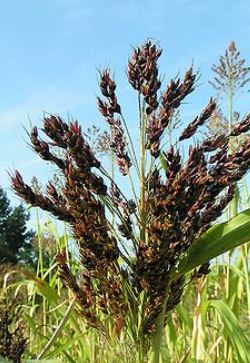United Caribbean
Haiti Child Care
Empowerment Programs
Ecological Reforestation
Gospel Tourism
|
|
home >> haiti>>a
shift program>> alternative food
Alternative foods that can be used for animal husbandry
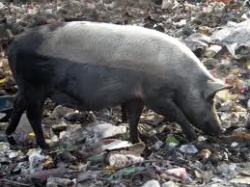 |
A major constraint
to livestock production in developing countries is the scarcity
and fluctuating quantity and quality of the year-round feed
supply. Providing adequate good-quality feed to livestock
to raise and maintain their productivity is and will be a
major challenge to agricultural scientists and policy makers
all over the world. |
Increase in population and rapid growth in world
economies will lead to increase in demand for animal products; an
increase of approximately 30 percent in both meat and milk production
is expected in the coming 20 years. At the same time, the demand
for food crops will also increase.
Future hopes of feeding the millions and safeguarding
their food security will depend on the enhanced and efficient utilisation
of unconventional resources. In addition, a large area of land in
the world is degraded, barren or marginal and the amount is increasing
every year. This also calls not only for identification and introduction
of new and lesser-known plants capable of growing in poor soils,
which can play a vital role in the control of soil erosion in addition
to providing food and feed. In developing countries, livestock are
fed mainly on agro-industrial by-products containing a larger proportion
of ligno-cellulosic feeds like cereal straws, stovers, sugarcane
by-products and similar other feeds. These feeds are poor in protein,
energy, minerals and vitamins.
| Addition of foliage
from tree leaves or supplementation with seed meals or even
urea can improve the utilization of low quality roughages
mainly through the supply of nitrogen to rumen microbes. The
use of simple but robust techniques for evaluation of the
nutritional quality of these feed resources will contribute
to their efficient utilization. |
|
Sourced: www.leucaena.net
|
|

|
|
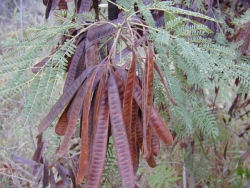 |
Leucaena
leucocephala is one the highest
quality and most palatable fodder trees of the tropics, often
being described as the ‘alfalfa of the tropics’.
Livestock feed should not contain more than 20% of L. leucocephala,
as the mimosine can cause hair loss and stomach problems.
Leaves have a high nutritive value (high palatability, digestibility,
intake and crude-protein content), resulting in 70-100% increase
in animal live weight gain compared with feeding on pure grass
pasture. |
| The effects of Mulberry
leaf powder added in feedstuff on the production capability
of laying hens, as well as on the egg quality, were investigated.
When 7.5% and 15% of mulberry leaf powder was added respectively,
the food consumption of laying hens decreased in a short period
while the physiological situation remained its normal level.
|
|
At the same time, there was no significant fluctuation in the
egg yield, and there was no appearance of damaged egg, soft
egg and deformed egg.
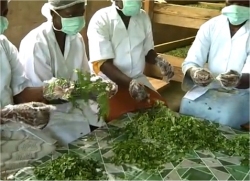 |
Moringa
leaves and twigs are readily eaten
by cattle, sheep, goats, pigs and rabbits. Branches are occasionally
lopped for feeding cattle. During pruning when the main stems
are cut back to encourage side shoots these can be fed to
livestock. The twigs left over when the leaves have been plucked
during the Moringa processing can be chopped up and given
to cattle, sheep and goats.
Photographs compliments of Shape
Lives Foundation
|
| Leaves can also be used for fish
and chickens.The inclusion of Moringa oleifera leaves meal up
to 30% in the diet of growing traditional Senegal chickens had
no negative impact on live body weight,average daily weight
gain, feed conversion ratio, carcass and organs characteristics,
health and mortality rate in birds compared to their controls.
|
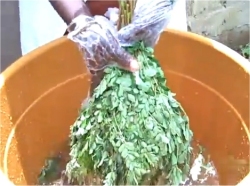
|
| Production
of Guinea corn
Guinea corn a grass species cultivated for
its edible grain. The species can grow in arid soils and withstand
prolonged droughts .
Guinea corn is one of a number of grains used
as wheat substitutes in gluten-free recipes and products and
is an excellent food for the poultry and piggery project. |
SOWING SEEDS OF SUCCESS - MORINGA CURRICULUM
|
|
|


